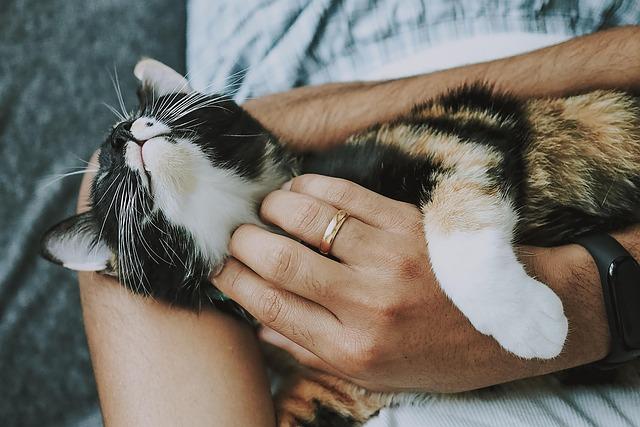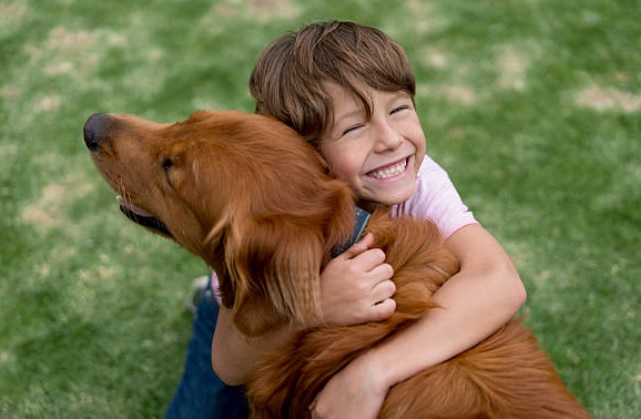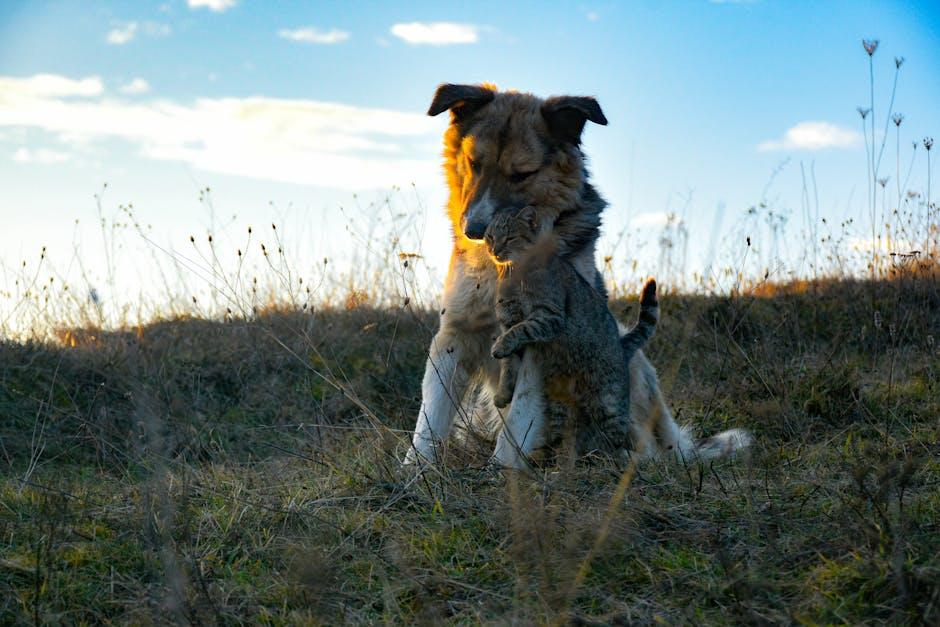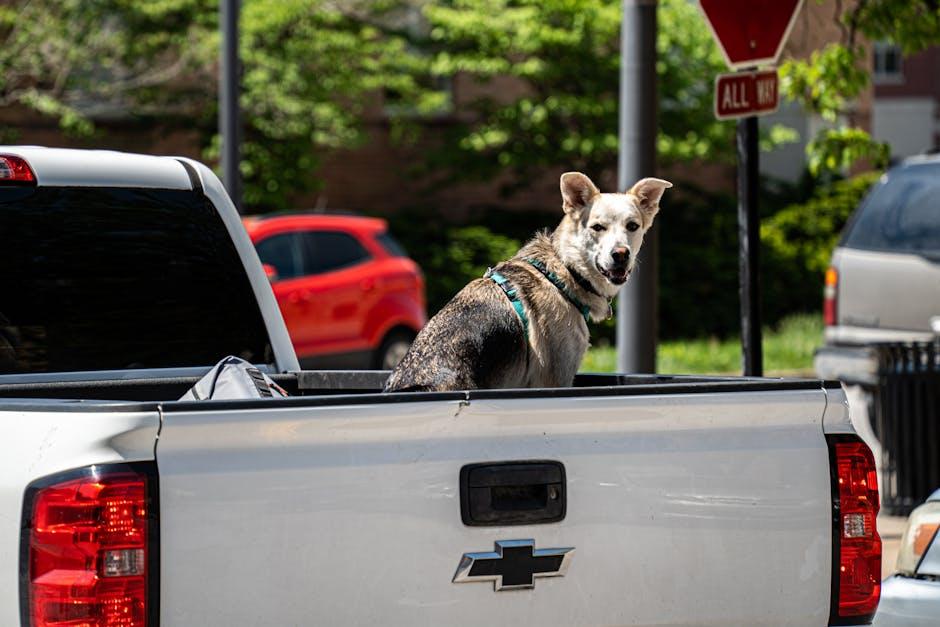How to Train your Dog to Walk on a Leash
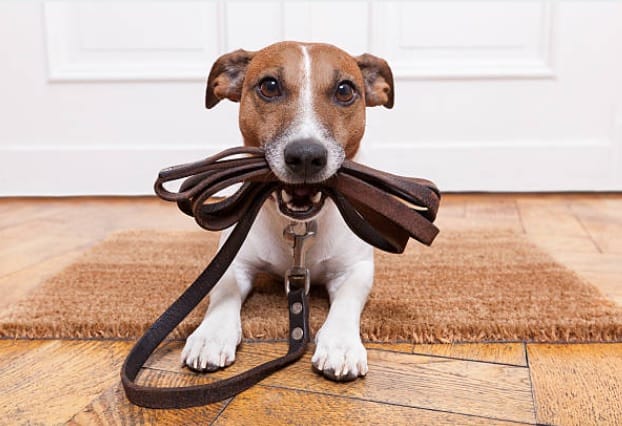
How to Train your Dog to Walk on a Leash, Taking your dog for a walk should be one of the most enjoyable parts of your day. But if your dog pulls like a freight train, zigzags across the sidewalk, or gets overly excited at every passing squirrel, it can quickly become stressful. Don’t worry—you’re not alone! Leash training is a skill every dog (and owner) can master with a little patience, consistency, and a few handy tricks.
In this post, I’ll guide you step-by-step through leash training, share tips for common challenges, and make sure your daily walks become a highlight for both you and your pup.
Why Leash Training Matters
Walking on a leash isn’t just about convenience—it’s about safety and bonding. Proper leash walking ensures your dog stays safe from traffic, avoids unwanted encounters, and gets the physical and mental stimulation they need.
Plus, a well-behaved dog on a leash makes walks fun rather than frustrating.
Essential Gear for Leash Training
Before we jump into the training steps, let’s make sure you’ve got the right tools:
- Leash: A standard 4–6 ft leash works best for training (avoid retractable leashes during the early stages).
- Harness or Collar: A well-fitted harness is great for reducing pulling, while a flat collar is fine for dogs who don’t pull excessively.
- Treats: Bring along small, tasty treats for positive reinforcement.
- Patience: Not sold in stores, but absolutely essential!
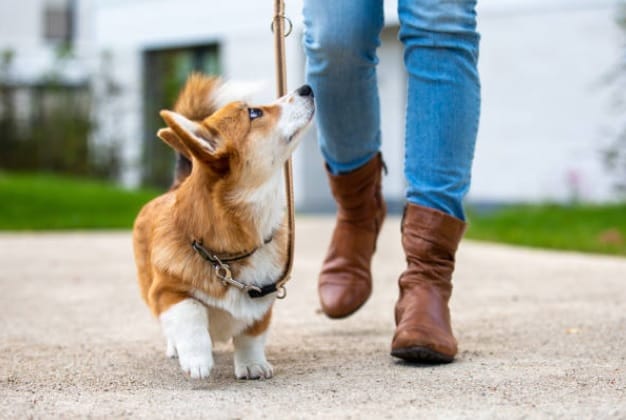
How to Train your Dog to Walk on a Leash
Step 1: Start Indoors or in a Controlled Space
The best place to begin leash training is indoors or in your yard, where distractions are minimal.
- Start by letting your dog get used to the leash and harness indoors. Let them sniff it and reward them with treats for calm behavior.
- Attach the leash and let your dog walk around freely with it attached (while supervised). This helps them get comfortable with the feeling.
- Practice short walks around your living room or backyard. Reward them every time they walk calmly by your side.
This stage is all about building a positive association with the leash.
Step 2: Teach Loose-Leash Walking
Loose-leash walking means your dog walks by your side without pulling. Here’s how to start:
- Pick a Side: Decide if you want your dog to walk on your left or right side and stay consistent.
- Use Treats as Motivation: Hold treats in the hand closest to your dog and reward them when the leash stays loose.
- Be a Tree: If your dog starts pulling, stop walking immediately. Don’t yank the leash—just stand still until they return to your side. Then reward and continue.
Consistency is key here. Over time, your dog will learn that pulling doesn’t get them where they want to go.
Step 3: Gradually Introduce Outdoor Walks
Once your dog is doing well indoors, it’s time to level up. The outdoors bring a whole new set of distractions—smells, sounds, and squirrels galore!
- Start with short walks in a quiet area.
- Keep treats handy and reward good behavior frequently.
- If your dog gets overly excited or distracted, redirect their attention with a command like “look at me” or “heel.”
Remember, the goal isn’t perfection right away—it’s progress!
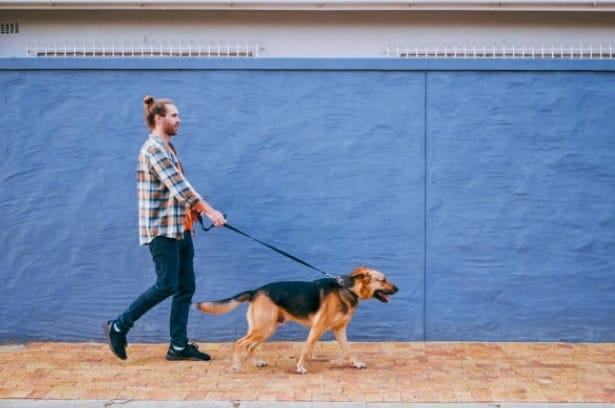
How to Train your Dog to Walk on a Leash
Common Challenges and How to Overcome Them
1. Pulling on the Leash
- Stop walking when your dog pulls. Only move forward when the leash is loose.
- Use high-value treats to reward calm walking.
2. Reacting to Other Dogs or People
- Keep a safe distance from triggers at first.
- Redirect attention with a treat or a command like “look at me.”
3. Fear or Anxiety During Walks
- Take it slow. Don’t force your dog into overwhelming situations.
- Reward calm behavior and build confidence gradually.
Advanced Leash Training Tips
Once your dog has mastered the basics, you can fine-tune their skills:
- Teach “Heel”: Train your dog to walk right next to you with the “heel” command.
- Add Distractions: Gradually introduce more challenging environments, like busy parks or crowded sidewalks.
- Keep Sessions Short: Training should be fun, not exhausting. 10–15 minutes at a time is perfect.
Quick Tips for Success
- Stay calm and patient—dogs pick up on your energy.
- Keep sessions short and positive.
- Use treats generously in the beginning and gradually phase them out.
Final Thoughts: Happy Walks Ahead!
Leash training doesn’t happen overnight, but every small improvement is a win. Celebrate those little victories—whether it’s one step without pulling or calmly passing another dog.
With consistency, patience, and plenty of treats, you’ll soon have a walking buddy who’s just as happy as you are to hit the pavement.
So grab that leash, pack some treats, and enjoy your next walk!
What’s your biggest challenge when walking your dog? Share your story in the comments below—I’d love to hear from you!
Essential Tips for First-Time Puppy Owners
Best Practices for Introducing Pets to Each Other


